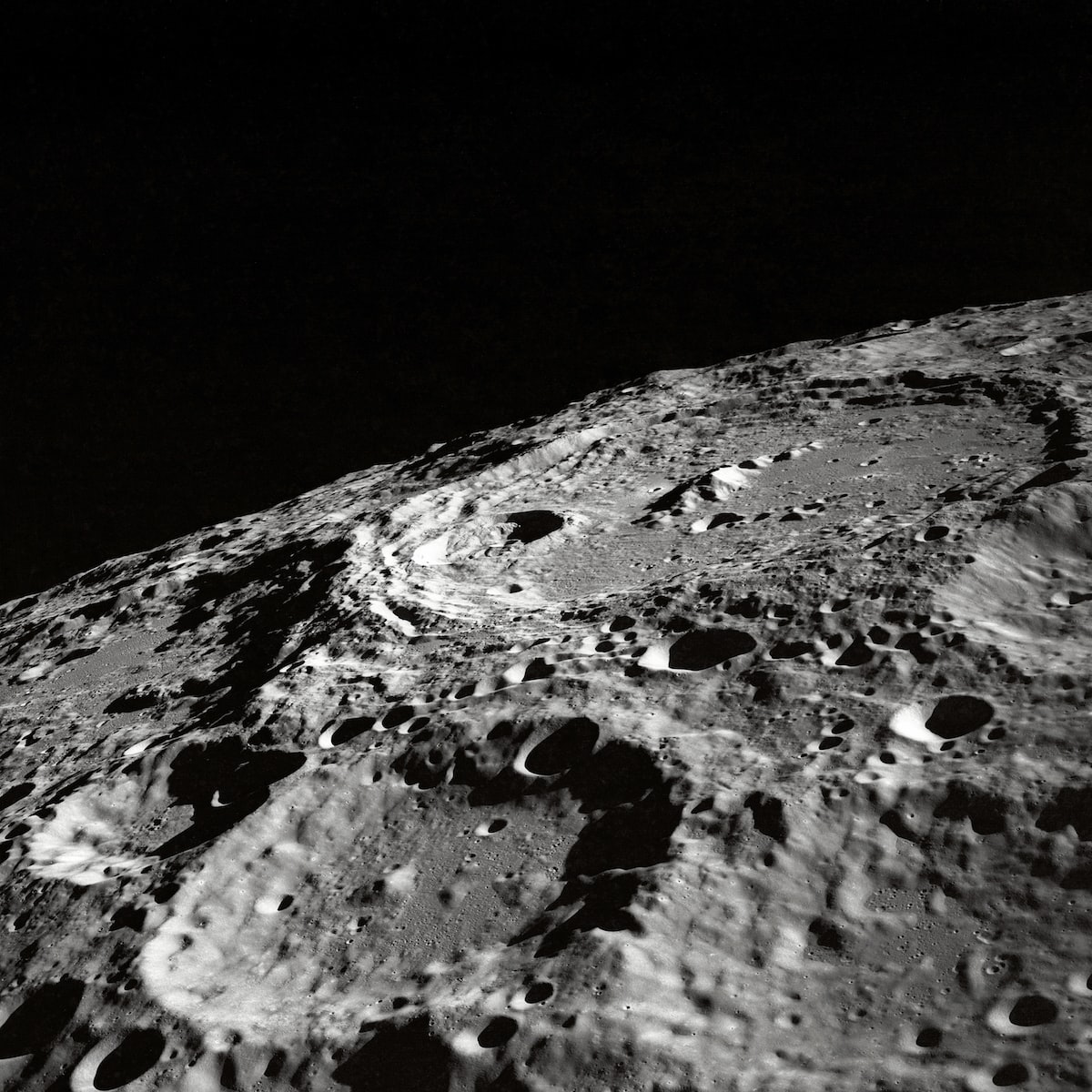
Artemis I launch scrubbed as engine problem defies fast fix
By Christian Davenport of the Washington Post
CAPE CANAVERAL, Fla. — NASA scrubbed the much-anticipated first flight of its Space Launch System rocket on Monday after a series of problems with the rocket and the fueling procedures could not be resolved quickly.
The space agency had been planning to launch the massive rocket and the Orion spacecraft, without any astronauts on board, on a trajectory toward the moon as part of its Artemis program. Now it will stand down and reassess problems with the complicated vehicle that has suffered delays and setbacks for years.
Mike Sarafin, NASA’s Artemis mission manager, told reporters after the scrub that NASA hopes to try again Friday, but would make that decision after spending more time reviewing the data. NASA is expected to give another update Tuesday evening.
“We’re going to play all nine innings here,” he said. “We’re not ready to give up yet.”
NASA has backup launch dates of Friday and Monday. If NASA does attempt to launch Friday, the initial weather forecast shows that there is only a 40 percent chance the conditions will be favorable.
A key issue Monday was engineers’ inability to chill one of the booster’s four RS-25 engines to the correct temperature for launch by running liquid hydrogen, kept at minus 423 degrees Fahrenheit, through it. They tried a series of fixes, but none worked.
Speaking after the launch on NASA TV, NASA Administrator Bill Nelson said that the agency does not “launch until it’s right.”
“I think it’s just illustrative that this is a very complicated machine, a very complicated system, and all those things have to work,” he said.
Scrubs are “just part of the space business, and it’s part of a test flight,” he added. “They’ll get to the bottom of it. They’ll get it fixed, and then we’ll fly.”
Still, the scrub was a disappointment for NASA and a setback for a program that has suffered all sorts of delays. For years, critics have derided the rocket as the “Senate Launch System,” arguing it does more to create jobs in key congressional districts than open new frontiers. And the delay is yet another issue for the rocket, which struggled to complete some key testing milestones before the launch.
NASA ran into a similar problem in June during a test known as a “wet dress rehearsal,” when there was a leak of liquid hydrogen in one of the lines leading from the ground supplies to the rocket. Knowing the fueling lines could pose a problem, NASA officials said the moment would be a key hurdle to clear before launch.
“This is something they wanted to test during wet dress four but were unable to,” Derrol Nail, a NASA broadcaster, said during the agency’s live stream of the launch attempt. “So this was the first opportunity for the team to see this live in action. It’s a particularly tricky issue to get that temperature dialed in.”
Sarafin said the issues “don’t point to an engine problem,” but rather the lines that feed propellant into them. The problem did not come up during a test firing of the engines last year. But since then, he said, “we did change the diameter” of some of the lines that feed the engines and that the agency never got a chance to fully test that new configuration.
In the days leading up to the flight, NASA officials had tried to manage expectations, saying repeatedly that the flight was a test to see how the rocket performed in real-world conditions and warned they would likely encounter problems along the way.
In an interview last week, Nelson had said that despite all the excitement surrounding the launch, “I want to remind people this is a test flight. We’re going to stress this thing in a way that we would never do with humans on board. And so I just want to bring everybody back to reality.”
On Saturday, Sarafin said that the launch “could scrub for any number of reasons. We’re not going to promise that we’re going to get off on Monday. We could have weather, we could have technical issues or we could have a range and public safety hold, or a combination of those.”
Still, it is a setback for the agency, which very much wanted the launch to go well and had even prepared a celebratory broadcast that would include interviews with Hollywood stars and musical performances by Yo-Yo Ma and Herbie Hancock to mark the achievement. The broadcast was shelved when the problems became evident.
Vice President Harris, who flew to the Kennedy Space Center to view the launch, wrote on Twitter that the agency would continue to press on. “While we hoped to see the launch of Artemis I today, the attempt provided valuable data as we test the most powerful rocket in history,” she wrote. “Our commitment to the Artemis Program remains firm, and we will return to the moon.”
NASA got a late start to fueling the rocket when a thunderstorm came within five miles of the launchpad at about midnight. Once the storm passed, engineers began fueling the rocket, first, the liquid oxygen, which was going well, and then the liquid hydrogen. But soon afterward, sensors at the base of the rocket detected a leak. NASA stopped the fueling, then started and stopped again in a fitful effort to keep the launch on track.
NASA was able to fully fuel the first stage and was nearly done with the rocket’s second stage.
“The team did a fantastic job working through that problem and got us past it,” Jeremy Graeber, the Artemis I assistant launch director, said during NASA’s live broadcast.
But it ran into another problem when it attempted to prep the engines for launch. Liquid hydrogen was not running through one of the four RS-25 engines mounted to the base of the rocket. As a result, it did not reach the correct temperature needed for launch.
Garrett Reisman, a former NASA astronaut, wrote on Twitter that the scrub was “not surprising — It’s really hard to launch a brand new rocket on the first try — especially one this complex. @NASA has to be careful with this one since they only have this one rocket intended for the Artemis I mission.”
Nelson, who flew on the space shuttle in 1986 when he was a member of Congress, said that scrubs are a normal part of spaceflight. He said his shuttle launch was delayed four times before it took off. But “the fifth try was a flawless mission,” he said.
